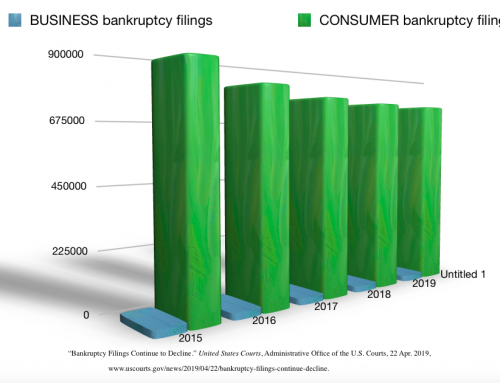Filing for bankruptcy can be a daunting process. You are required to submit a lot of documentation, and it can take a long time to find those documents, get them organized, and get the information you need from them. That can slow down your bankruptcy filing, which can delay the time it takes for you to get the debt relief you need.
However, many people consider filing for bankruptcy in Arizona because they can no longer sustain the overwhelming burden of their debt, or because they face another time-sensitive situation, such as the potential foreclosure of a home.
Bankruptcy can stop impending foreclosure, put an end to wage garnishments, and just give you the time to get your finances back in order so you can get control of your life again. Filing an emergency bankruptcy petition may be the best way for you handle a time-sensitive issue like an impending foreclosure or to speed up the bankruptcy process so you can get the debt relief you need.
Documentation Needed
A typical bankruptcy petition will likely end up being more than 50 pages long because it reflects information gathered from a long list of your financial documents. You’ll need to include information from your tax returns, bank statements, vehicle registrations, retirement accounts, and more.
An emergency filing initially only requires a skeleton petition. For the skeleton petition, you will only need a few documents: Your driver’s license or other form of identification, your social security card or a W2 if that is unavailable to you, and six months of pay stubs. You will need to file other documentation later, but the reduced documentation requirements at the beginning make it easier for you to get the process in motion.
Qualifying to File a Skeleton Petition
Not everyone can file for an emergency bankruptcy petition, or skeleton petition. To qualify, you must have a balance of $300 or less in your bank accounts. If you are filing jointly with your spouse, you can have up to $600 in your bank accounts. You will also need to have completed your first credit counseling class before you can file the emergency petition.
Talk to your bankruptcy attorney about other potential qualifying criteria where you live.
Timeline for Filing
An experienced bankruptcy attorney can draft and file an emergency bankruptcy petition quite quickly. Once you have submitted all the documents needed, your attorney can likely have the petition ready within a few hours. Your attorney will then submit the petition and give you a case number. Once you have that case number, you can report it to your payroll department to stop garnishment of your wages (if you are subject to it).
The bankruptcy court gives you 14 days to complete your bankruptcy petition once your emergency skeleton petition has been filed. You should try to get the rest of your documents to your bankruptcy attorney within seven days so they have enough time to analyze the documents, draft your petition, and review it. As long as you successfully submit your full petition in time, your 341 meeting of creditors will be scheduled within 30 to 45 days after the skeleton petition was filed. Your creditors will have 60 days after the 341 hearing to object to your debts being discharged, and your case will be eligible for discharge after those 60 days have passed.
Filing for bankruptcy can be a complex and timely process. But if you can qualify to file for an emergency bankruptcy petition, you can speed the process and get the debt relief you need more quickly. Call our firm today to talk with a bankruptcy attorney and find out if filing an emergency bankruptcy petition is the right option for you. We’ll help you understand the qualifying criteria, as well as how using the emergency petition might help your case. Get the debt relief you need quickly by calling our office today!




